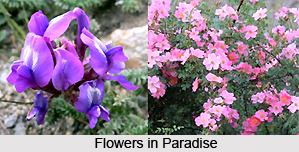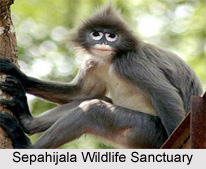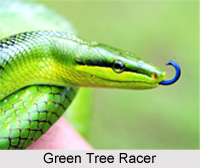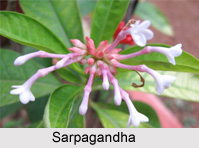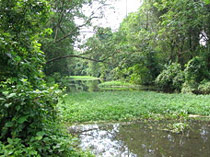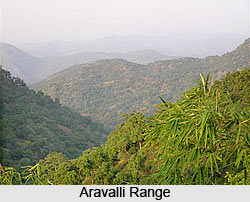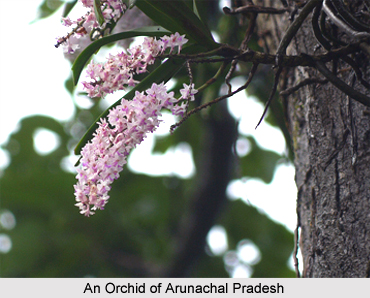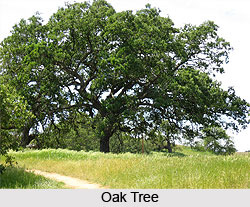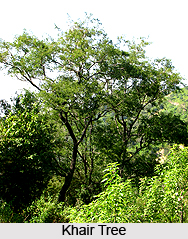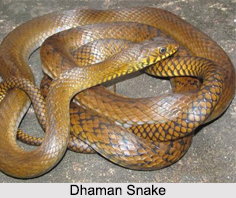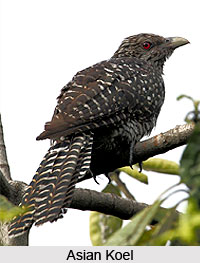 Jack snipe is an Indian bird widely found in the Indian States with a scientific name "Lymnocryptes minimus" and is the smallest snipe which is the only member of the genus Lymnocryptes.
Jack snipe is an Indian bird widely found in the Indian States with a scientific name "Lymnocryptes minimus" and is the smallest snipe which is the only member of the genus Lymnocryptes.
Structure of Jack Snipe
The adult Jack snipe are smaller than common snipe and have relatively shorter bill. Length is 18-25 cm, wingspan is 30-41 cm and weight is 33-73 gram. The body of Jack snipe is mottled brown on top and pale underneath. Jack snipes have a dark stripe through the eye.
Wings of Jack Snipe
The wings of Jack Snipe are pointed and narrow, and yellow back stripes are visible in flight. When seen, the distinctive bobbing movement, as if the bird is on springs and has an almost hypnotic quality.
Head of Jack Snipe
The head pattern of Jack Snipe differs from common snipe and other species in the genus Gallinago, in that there is no central crown-stripe; instead, there are two pale lateral crown-stripes, which are separated from the super cilium by an area of dark plumage.
Nature of Jack Snipe
Jack Snipes are migratory in nature. They spend the non-breeding period in Great Britain, Atlantic and Mediterranean coastal Europe, Africa, and Indian states like the foothills of Himalayan Mountain Range. The Jack Snipe is one of the species to which the Agreement on the Conservation of African-Eurasian Migratory Waterbirds (AEWA) applies.
Breeding Areas of Jack Snipe
The breeding habitat of Jack Snipe is marshes, bogs, tundra and wet meadows with short vegetation in northern Europe and northern Russia.
Behaviour of Jack Snipe
Jack Snipe can be secretive in their non-breeding areas and are difficult to observe, being well camouflaged in their habitat. Consequently, birdwatchers have developed a specialised technique for finding them. Jack snipe involves walking through its marshy habitat until a bird is disturbed and flies up.  Jack snipe will squat down and not flush from cover until an intruder is quite close. They then quietly fly a short distance before dropping back into vegetation.
Jack snipe will squat down and not flush from cover until an intruder is quite close. They then quietly fly a short distance before dropping back into vegetation.
Feeding of Jack Snipe
Jack Snipe forage in soft mud, probing or picking up food by sight. They mainly eat insects and earthworms, also plant material.
Courtship of Jack Snipe
The male Jack Snipe performs an aerial display during courtship, during which it makes a distinctive sound like a galloping horse. It is silent in winter. They nest in a well-hidden location on the ground, laying 3-4 eggs.

